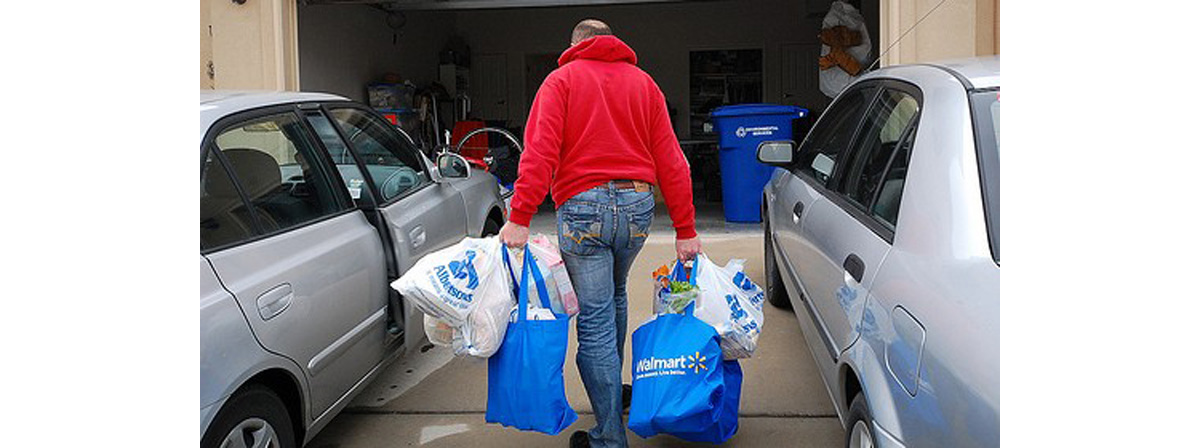Table of Contents
Many people don’t like vigorous exercise or just don’t have the time to go to the gym or out jogging. The good news is that there are much easier ways of increasing energy expenditure in order to lose weight, or avoid putting it on.

Simply by getting out of our chairs more and moving around as we go about our daily business we could consume an extra 500 to 1,000 calories a day, leading to appreciable weight loss over time. It’s all down to a phenomenon called non-exercise activity thermogenesis, or NEAT.
What is NEAT?
The definition is energy consumed by physical activity other than what we burn up during eating, sleeping and formal exercise. To understand exactly what that means we need to consider how we normally use the energy we obtain from food.
The components of daily energy expenditure
In sedentary individuals, about 60% of energy expenditure is through our basal metabolic rate, which is the basic consumption of energy needed to keep our bodies going day and night.
After eating, and while digesting and absorbing food, there is an increase in energy expenditure, known as the thermic effect of food (TEF). This accounts for about 10-15% of energy expenditure.
The rest is made up of activity thermogenesis. This has two components – that related to exercise e.g. playing sport or exercising in the gym, and the non-exercise kind, known as NEAT.
This is because for able-bodied people it is such an integral part of our lives and hard to avoid altogether. This is activity like picking up your kids, making the beds, walking out to the trash cans, walking from the car park to the shops or office, bringing the shopping in from the car etc.
But the key point is that there is huge variation between people with regard to how much energy is consumed through NEAT – anywhere from 15% of total daily energy expenditure in very sedentary folk, to over 50% for the busiest among us. Scientists have concluded that NEAT is so influential but so variable that it very likely explains why some people stay slim and others gain weight.
An energy-conserving mechanism
Research seems to indicate that the more overweight we are, the greater the effect that NEAT has, which is great news for those of use hoping to use it to lose weight. But in reality it probably developed during evolution as a way of conserving energy when food was scarce, as the effect of NEAT reduces when food is restricted.
- Levine JA. Non-exercise activity thermogenesis (NEAT). Best Pract Res Clin Endocrinol Metab. 2002. 16(4), 679-702
- Levine JA. Nonexercise activity thermogenesis (NEAT): environment and biology. Am J Physiol Endocrinol Metab. 2004. 286, E675-E685
- Photo courtesy of hector e balcazar by Flickr : www.flickr.com/photos/hectore/4242951438/
- Photo courtesy of Chris Enns by Flickr : www.flickr.com/photos/lemon/2764655692/
- www.usatoday30.usatoday.com/news/health/weightloss/2009-01-21-fidget-activity_N.htm?loc=interstitialskip


Your thoughts on this